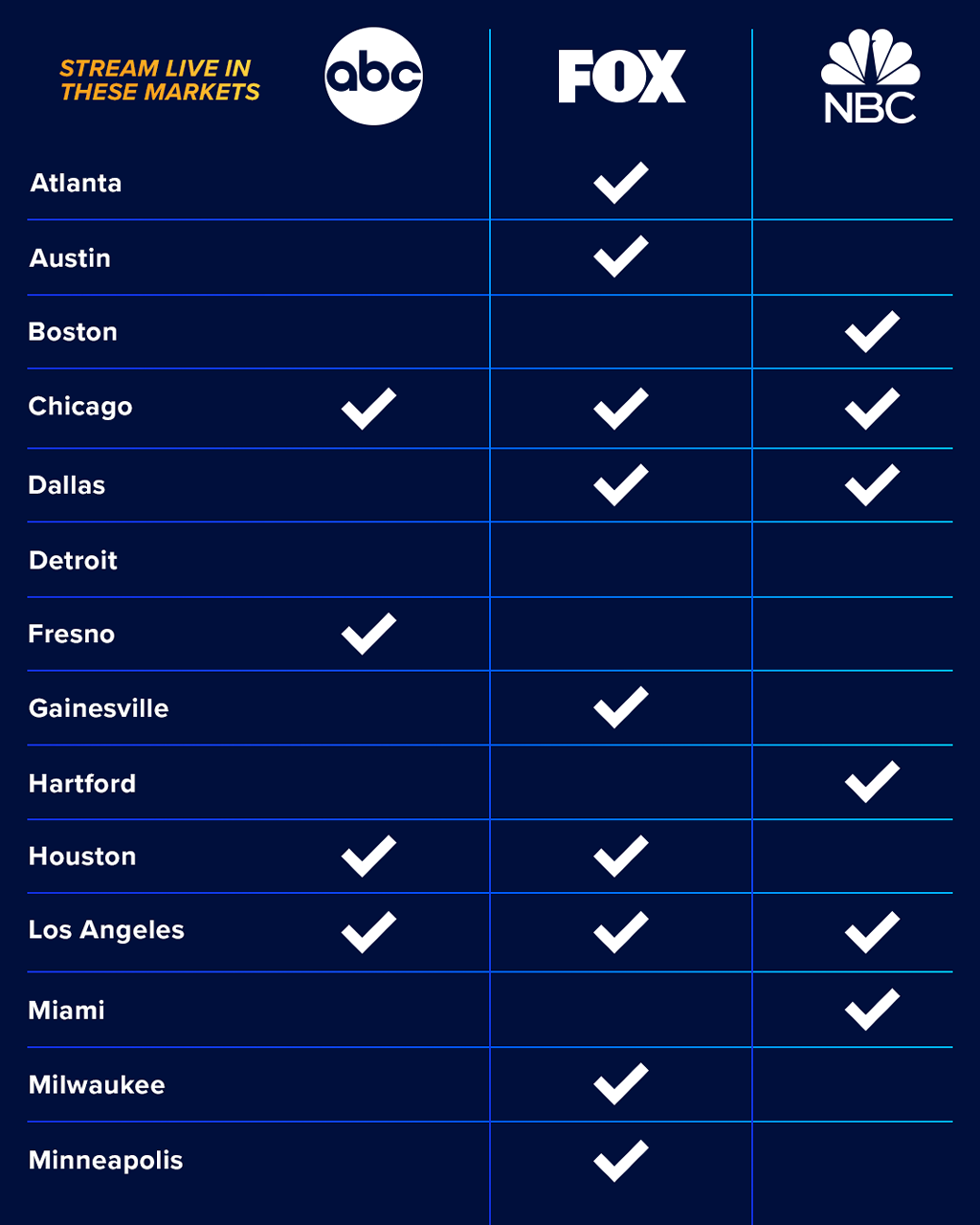The 20-Second Trick For Apollo Group Tv
The 20-Second Trick For Apollo Group Tv
Blog Article
Apollo Group Tv Can Be Fun For Everyone
Table of ContentsGetting My Apollo Group Tv To WorkThe 5-Minute Rule for Apollo Group TvThe Basic Principles Of Apollo Group Tv How Apollo Group Tv can Save You Time, Stress, and Money.
In this situation, instead of having three-minute commercial places during a 30-minute television program, TV programs might transform to one where a customer will be needed to have a month-to-month registration, so that they cen sight targeted banner advertisements. This sort of advertising already occurs on the web, and the quantity of information tv firms accumulate permits them to do a lot the very same.Explain the significant patterns among the broadcasting and wire networks. Popular radio reveals such as authorities drama Dragnet and western cowboy series Gunsmoke were adjusted for television, and new Television shows were sponsored by single advertisers, just as radio shows had been.
Today, the tv industry is much more complicated. Programs are sponsored by multiple marketers; programs is regulated by major media empires; and the three significant networks no more dominate the airwaves yet instead share their viewers with countless cord channels. A number of factors represent these trends within the sector, including technical developments, federal government regulations, and the development of brand-new networks.

Indicators on Apollo Group Tv You Need To Know
Also public tv has come to be subject to the impact of marketing. Developed in 1969, (PBS) established out of a record by the Carnegie Commission on Educational Tv, which took a look at the duty of academic, noncommercial tv on society. The record advised that the government money public television in order to give diversity of shows during the network eraa service developed "not to sell items" but to "improve citizenship and public service (McCauley, 2003)." Public tv was additionally meant to provide global accessibility to tv for viewers in backwoods or viewers that might not manage to pay for private tv solutions.
The duration between 1950 and 1970 is historically recognized as the. Apart from a tiny section of airtime controlled by public television, the 3 major networks (referred to as the Big 3) controlled the television market, collectively making up greater than 95 percent of prime-time watching. In 1986, Rupert Murdoch, the head of international company News Corp, released the Fox network, challenging the supremacy of the Big Three.
Targeting young and minority audiences with shows such as Buffy the Vampire Slayer, Moesha, Dawson's Creek, and The Wayans Bros., the brand-new networks really hoped to draw stations far from their old network affiliations. Nevertheless, instead of repeating the success of Fox, UPN and WB struggled to make an effect. Incapable to attract lots of associate stations, the two fledgling networks reached fewer households than their bigger rivals because they were inaccessible in some smaller sized cities.
This choice led the method for the development of wire motion picture networks, adding to the exponential growth of cord in the 1980s and 1990s. apollo tv group. More deregulation of cable television in the 1984 Cord Communications Plan Act got rid of limitations on wire prices, enabling drivers to bill what they desired for cord solutions as long as there worked competition to the service (a standard that over 90 percent of all cable markets can fulfill)
Apollo Group Tv Fundamentals Explained

Having developed the very first "superstation," Turner expanded his world by founding 24-hour information network CNN in 1980. At the end of the year, 28 nationwide shows solutions were readily available, and the wire change had begun. Over the next years, the industry undertook a duration of rapid growth and popularity, and by 1994 audiences could choose from 94 fundamental and 20 costs cable solutions.
Number 9 - https://www.huntingnet.com/forum/members/apollogtv01.html.16 Boosted competitors from cable television channels has triggered a stable decline in the networks' audience rankings. During the 1950s, the price of producing a single television program raised as programs came to be longer and manufacturing costs skyrocketed. Sponsorship on network television shifted from solitary sponsorship, in which a program was completely sustained and created by one marketer, to several sponsorship, in which advertisers purchased 1- or 2-minute spots on the show
Pick one of the Big 4 networks and publish out its once a week shows schedule. See the network's prime-time programs over the course of a week, keeping in mind the target group for each show.
Getting My Apollo Group Tv To Work

Direct television, usually referred to as conventional broadcast TV, includes cable television and satellite tv. It's called "linear" because web content complies with an established programming timetable, unlike on-demand content which the private customer chooses to view based upon their own preferences and routine. So, when you ask, "What is direct television?", consider it as the classic means of seeing TV that has been around for decades.
Report this page